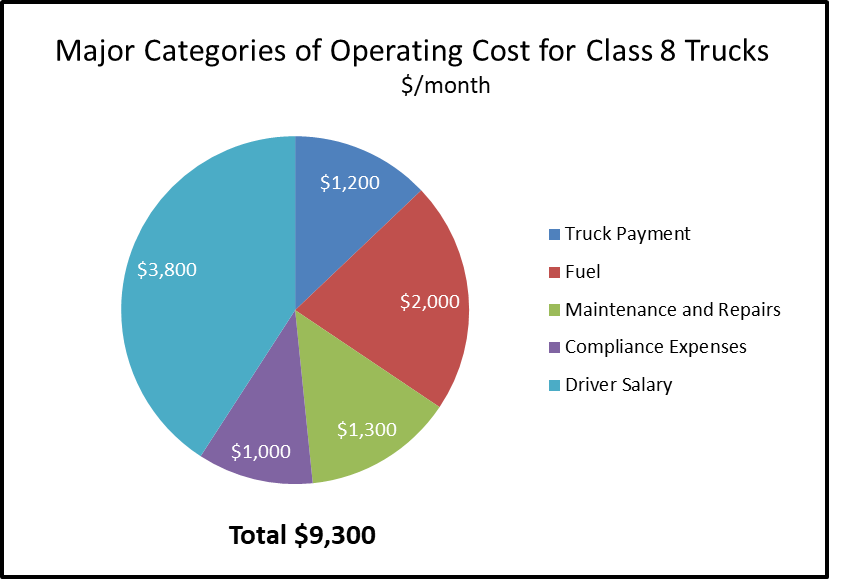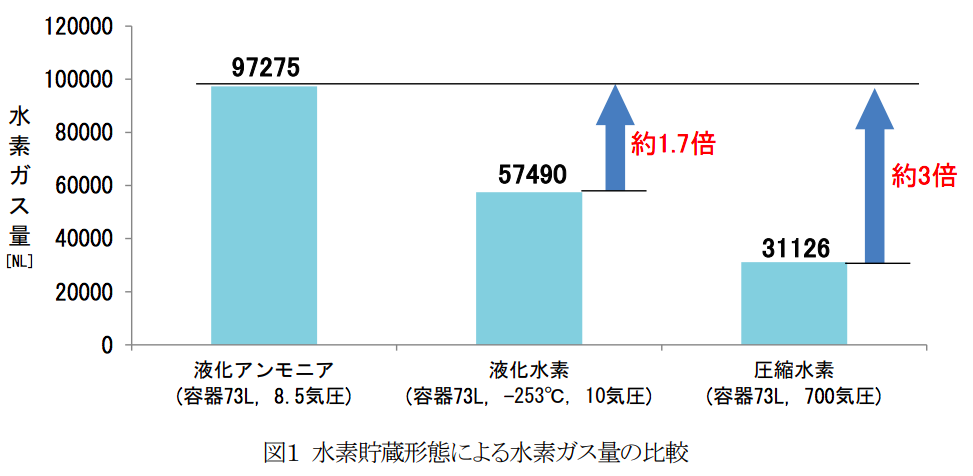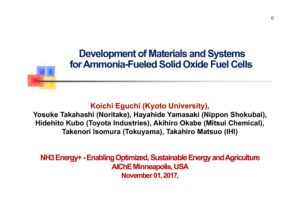CSIRO Demonstrates Ammonia-to-Hydrogen Fueling System
On August 8th Australia’s Commonwealth Scientific and Industrial Research Organization (CSIRO) gave a public demonstration of its newly developed ammonia-to-hydrogen fueling technology. In an interview this week with Ammonia Energy, Principal Research Scientist Michael Dolan reported that the demonstration drew more media attention than any event in CSIRO’s history – “by a comfortable margin.” The reporting sounded a set of celebratory themes, summed up by this headline from the Australian Broadcasting Corporation: Hydrogen fuel breakthrough in Queensland could fire up massive new export market. The stories, in other words, focused on what the demonstration could mean for fuel cell vehicles (FCVs) and the Australian economy. They did not penetrate to the heart of the matter which involved a practical development whose importance can be uniquely appreciated by the ammonia energy community.









